Anakin vs Obi Wan: Brothers Turned Enemies

Anakin Skywalker and Obi-Wan Kenobi began as master and apprentice, becoming brothers through the Clone Wars before betrayal tore them apart. Manipulated by Palpatine, Anakin fell to the dark side, leading to their fiery duel on Mustafar where Obi-Wan’s Soresu overcame Anakin’s Djem So. Their rematches in A New Hope and the Obi-Wan Kenobi series highlight the tragedy of their bond, cementing their rivalry as the most iconic in Star Wars.
Anakin vs Obi Wan: Brothers Turned Enemies
Obi-Wan Kenobi and Anakin Skywalker shared one of the closest bonds in the Star Wars saga, beginning as Master and Padawan.
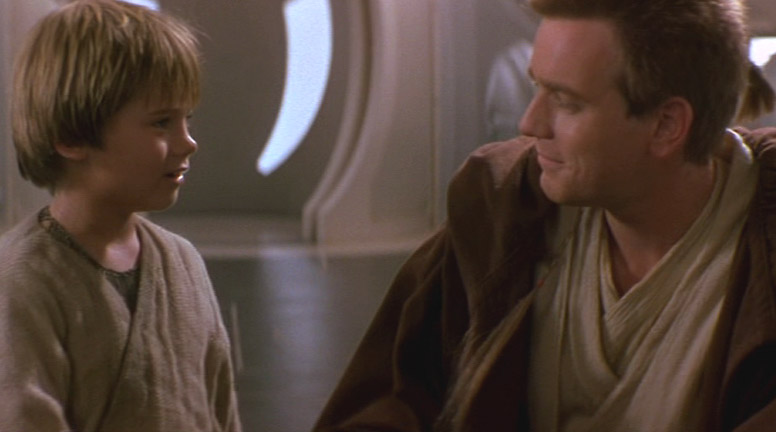
Their journey started in The Phantom Menace, when Obi-Wan vowed to train Anakin after the death of his own Master, Qui-Gon Jinn.
From that moment, Obi-Wan dedicated himself not only to teaching Anakin the ways of the Jedi but also to guiding him through the complex emotions and challenges that lay ahead. Over the years, through Attack of the Clones and The Clone Wars, their relationship developed well beyond that traditional student-teacher dynamic.
They became brothers in arms, fighting side by side for the Republic, sharing camaraderie, mutual respect, and even moments of levity amidst the galactic turmoil.
During the turbulent years of The Clone Wars, Anakin and Obi-Wan's connection grew stronger, shaped by countless battles and shared hardships. Their alliance was instrumental in many military successes, and their trust in one another resembled that of siblings rather than mere comrades.
However, as the Republic teetered on collapse, cracks began to form.
The loyalty and trust that had once unified them slowly gave way to suspicion and tragic misunderstandings. By the time of Revenge of the Sith, the pressures exerted by the Jedi Council’s mistrust and the growing shadow of the dark side divided them.
This transformation from brothers-in-arms to bitter enemies made their eventual confrontation inevitable and heartbreaking.
The Road to Mustafar: Why They Fought
The path leading to the fiery lightsaber duel on Mustafar was paved with manipulation, fear, and misunderstanding.
Chancellor Palpatine’s covert influence over Anakin Skywalker preyed on the Jedi’s vulnerabilities, particularly his anxiety over losing Padmé Amidala, the woman he loved.
Palpatine twisted Anakin’s fears into a justification for embracing the dark side, promising power to protect those dear to him.
Meanwhile, the Jedi Council’s escalating mistrust of Anakin strained his relationship with Obi-Wan. Obi-Wan, torn between his loyalty to the Jedi Order and his affection for Anakin, became an unwitting participant in the friction that isolated Anakin, feeding his paranoia and sense of betrayal.
The issuance of Order 66 marked the turning point when Anakin finally severed his ties to the Jedi and donned the mantle of Darth Vader.
The transformation from esteemed Jedi Knight to Sith Lord was a devastating blow to Obi-Wan, who had trained Anakin as a brother and seen great potential in him.
Yet, duty forced Obi-Wan to confront the reality that the former brother he loved was now his deadliest adversary. This tragic dichotomy haunted Obi-Wan as he set out to stop Anakin’s destructive path—the warrior he taught, loved, and ultimately had to fight.
The Duel on Mustafar (Revenge of the Sith)
The emotional intensity and narrative weight of the duel between Obi-Wan and Anakin on Mustafar make it a standout moment in Star Wars history.
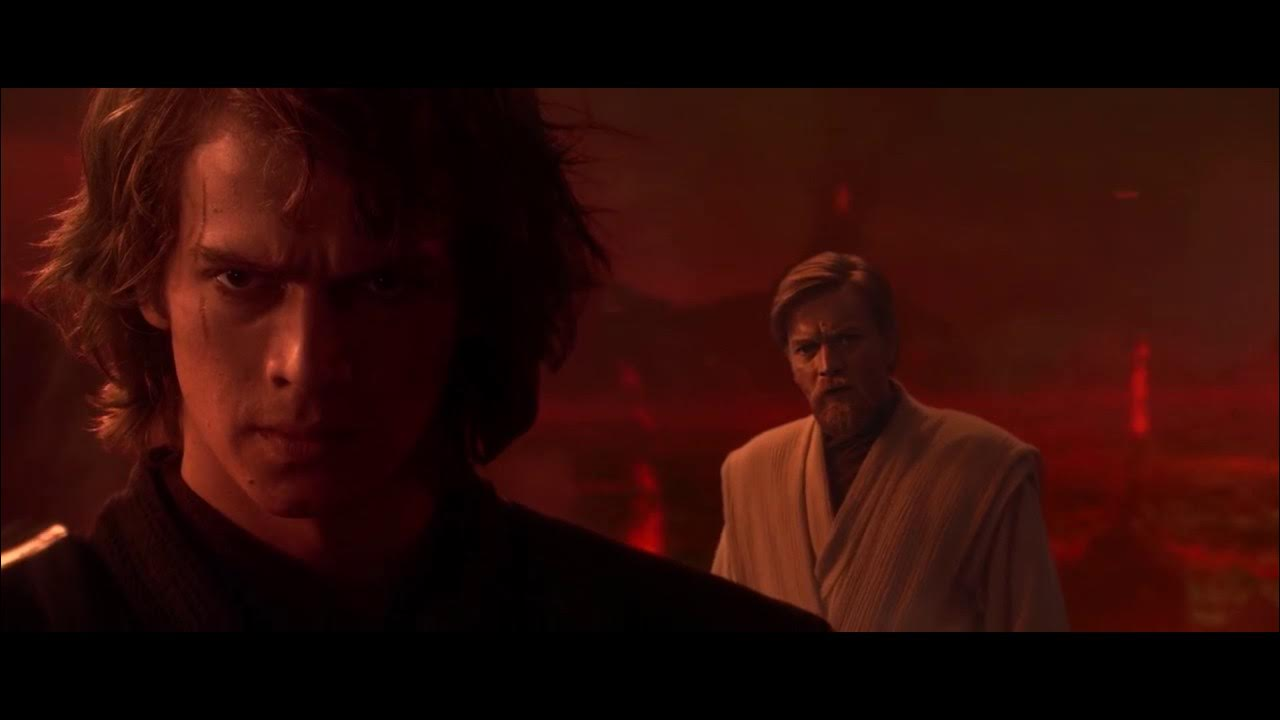
Positioned as the climatic conclusion to the prequel trilogy, this battle serves as both a physical confrontation and a symbolic collapse of their brotherhood. The stakes go beyond mere combat—they represent the shattering of trust, the triumph of darkness over light, and the irreversible transformation of Anakin into Darth Vader.
Before diving into the details of the duel itself, it is important to understand the cinematic context, the technical intricacies of the lightsaber combat, and the profound emotional undercurrents that run through this iconic battle.
This framing adds layers of depth to what is often regarded as the defining moment of their relationship, setting the stage for the cultural and narrative significance of their clash in original and subsequent Star Wars stories.
Cinematic Context
George Lucas intentionally designed the Mustafar duel as the emotional and visual climax of the entire prequel saga.
Beyond its spectacular visuals and intense choreography, the scene symbolizes the fiery destruction of their bond and the fall of Anakin Skywalker.
The lava river setting mirrors their volatile relationship—beautiful but deadly, explosive yet contained within a destructive environment.
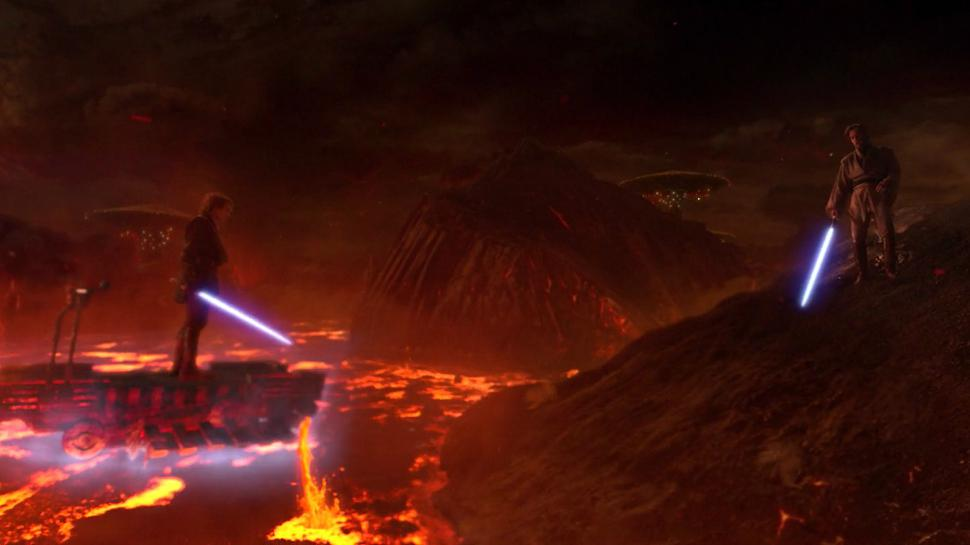
Behind the scenes, the choreography was meticulously crafted to showcase the contrast between Obi-Wan and Anakin’s fighting styles while incorporating symbolic gestures reflecting their shared history and diverging futures.
The harsh, molten landscape serves as an apt metaphor for the melting away of their brotherhood.
The duel’s cinematic direction, lighting, and music all reinforce this sense of irrevocable change, marking a pivotal moment where two former allies become mortal enemies. This careful blend of artistry and symbolism elevates the battle beyond mere spectacle, embedding it deeply into the heart of Star Wars mythology.
Lightsaber Combat Analysis
The combat styles showcased during the duel are a defining feature that contributes to its uniqueness. Anakin fights using Form V, known as Djem So, which emphasizes power, aggression, and counterattacks.
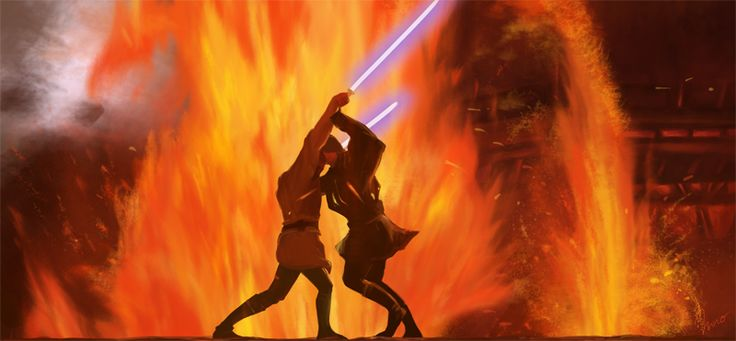
His style is forceful and impulsive, reflecting his emotional state—desperate, furious, and unrestrained. In contrast, Obi-Wan employs Form III, Soresu, which focuses on patience, tight defense, and endurance.
His technique is calculated and protective, showcasing his skill in parrying and outlasting opponents rather than overwhelming them.
The duel is particularly notable because both combatants are intimately familiar with each other’s styles, having fought side by side for years.
This deep mutual understanding makes their moves predictable yet deadly. The pinnacle of this clash is the famous “high ground” moment, where Obi-Wan gains a strategic advantage. This moment encapsulates not only a turning point in the fight but also the symbolic triumph of restraint and wisdom over reckless aggression.
Emotional Undertones
The emotional weight of the duel is palpable through both the dialogue and the combat itself. One of the most poignant exchanges is Obi-Wan’s heart-wrenching declaration: “You were my brother, Anakin. I loved you."
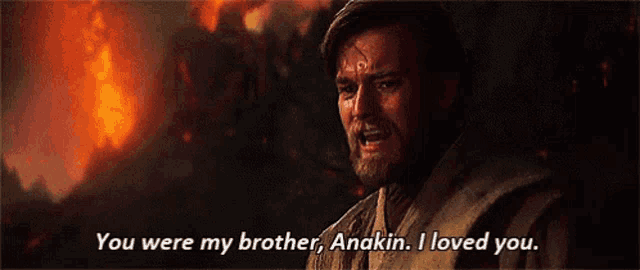
These words articulate the profound sense of betrayal and loss that Obi-Wan experiences. The duel unfolds with this emotional background, making every strike and counterstrike resonate with the pain of a broken bond.
Anakin’s rage and sense of abandonment fuel his violent attacks, while Obi-Wan’s sorrow and reluctant resolve inform his defensive stance.
This dichotomy adds layers of tragedy to the fight—both men are bound by love and hatred, loyalty and betrayal. Their emotions are not just subtext; they drive the entire confrontation, making it a deeply personal and unforgettable showdown.
The Aftermath of Mustafar
Following the duel, Anakin lies mutilated and helpless on the banks of Mustafar’s lava river, physically and spiritually transformed.
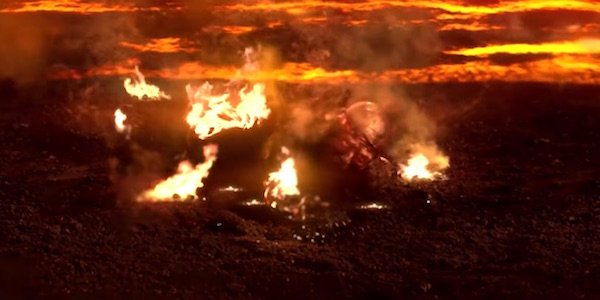
His grievous burns and injuries necessitate the iconic black suit and respirator that will define Darth Vader. This rebirth marks a fundamental shift—not only is Anakin no longer the Jedi who fought alongside Obi-Wan, but he has become a symbol of fear and tyranny in the galaxy.
His transformation embodies the height of tragedy and loss, emphasizing how far he has fallen.
Obi-Wan's decision to leave Anakin alive remains one of the most complex and merciful moments in Star Wars lore. Despite the pain and betrayal, he cannot bring himself to end his friend's life, choosing instead to exile him and leave his fate to the forces of the dark side.
This act, tragically, allows Anakin’s story to continue, setting in motion the rise of the Empire and the fate of Padmé, as well as the future of the Skywalker children. The duel’s outcome ripples through the entire saga, highlighting how personal tragedy can alter the galaxy’s course.
A Clash Revisited: A New Hope
The bittersweet rivalry between Obi-Wan and Anakin culminates once more in A New Hope aboard the Death Star where Obi-Wan faces not Anakin, but Darth Vader.
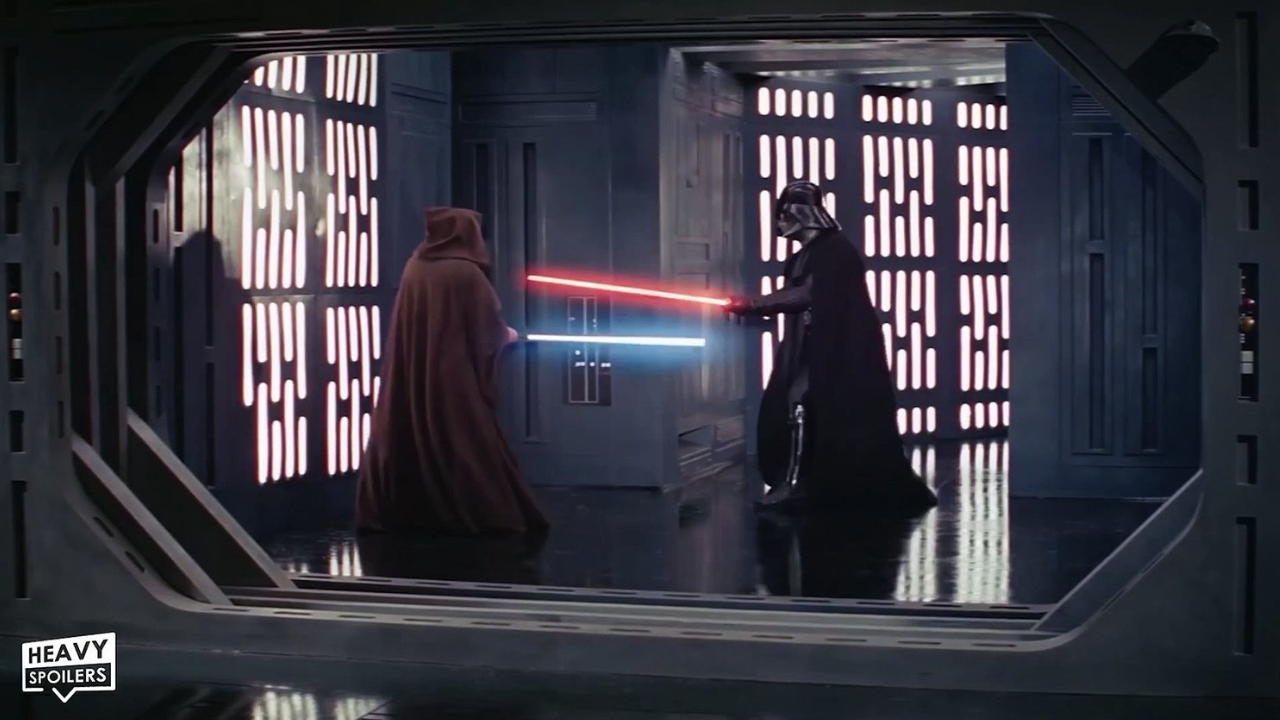
This encounter contrasts sharply with their Mustafar duel; Obi-Wan is older, calmer, and more contemplative, while Vader has been physically transformed into a cold, mechanical enforcer.
The energy is less about physical dominance and more about spiritual sacrifice.
Obi-Wan’s calm acceptance of death—captured in the iconic line "If you strike me down, I shall become more powerful than you can possibly imagine”—highlights his ultimate faith in hope and the future.
This sacrifice is foundational for Luke Skywalker’s journey, symbolizing the passing of the torch and the continuance of the fight against the Empire. The Death Star duel bookends the tragic bond they shared years earlier, underscoring themes of redemption, loss, and the enduring power of love amid war.
Duel Revisited: The Obi-Wan Kenobi Series Showdown
The Obi-Wan Kenobi Disney+ series offers a deeply emotional and intense reunion between Obi-Wan and his fallen apprentice, now fully transformed into Darth Vader.
Set about a decade after their brutal duel on Mustafar, this confrontation is charged with unresolved pain, anger, and regret.
Unlike the fiery, desperate battle on Mustafar, the encounter on the planet Mapuzo reveals two warriors hardened by time—Obi-Wan cautious yet determined, Vader brutal and relentless in his quest for vengeance.
Their clash underscores their tragic past while highlighting how much they have changed; Obi-Wan struggles to resist falling into his old Jedi ways, and Vader embodies the cold, mechanical Sith Lord he has become. The duel is as much about their shattered bond as it is about survival, reflecting years of loss and what might have been.
Throughout their fight in the series, the emotional complexity takes center stage with moments that echo their original relationship, where mentorship and brotherhood once flourished.
Vader’s use of the Force to inflict pain on Obi-Wan—raking him across burning coals—symbolizes the intense resentment he still harbors toward the friend who left him to die.
However, Obi-Wan’s resilience and reluctance to fully engage reveal his lingering hope for Anakin’s redemption. This duel is not just a battle of blades but a poignant chapter in their saga—showing that, despite everything, Obi-Wan hasn’t completely given up on the boy he once trained, even as they fight their most brutal fight yet.
Training Reflections: Sparring Lessons from the Obi-Wan Kenobi Series
In the Obi-Wan Kenobi series, a flashback training session between Obi-Wan and Anakin offers a poignant glimpse into their complex relationship before Anakin’s fall.
This early moment of sparring at the Jedi Temple reveals not only Anakin’s prodigious skill but also Obi-Wan’s deep understanding of his former Padawan’s personality and fighting style.
Their training is intense but marked by a mixture of patience and challenge—Obi-Wan continuously warns Anakin of the dangers in his aggressiveness and the need to embrace Jedi discipline and mindfulness.
This scene resonates throughout the series as it mirrors both their past connection and the present conflict, highlighting how much Obi-Wan still knows about Anakin’s strengths and weaknesses.
The sparring sequences not only showcase their physical prowess but also serve as a metaphor for their emotional ties.
Obi-Wan praises Anakin as a great warrior yet cautions him that his hunger to prove himself could be his undoing. This warning foreshadows the eventual susceptibility that Palpatine exploits to draw Anakin to the dark side.
The flashback underscores the tragic gap between master and apprentice—Obi-Wan as the voice of reason, and Anakin as the fiery, ambitious student who is both gifted and dangerously flawed. It reflects a time when hope still lingered, making the subsequent fall all the more heart-wrenching.
Conclusion: Why Anakin vs Obi-Wan Matters
The Anakin versus Obi-Wan conflict is far more than a spectacular lightsaber duel; it is a defining tragedy at the core of the Star Wars saga.
Their battle reshaped the galaxy’s destiny, illustrating the devastating consequences of fear, ambition, and broken trust. The duel is a microcosm of the larger themes of the saga—loss, sacrifice, and the eternal struggle between light and dark.
This confrontation’s enduring legacy within Star Wars fandom underscores why it remains perhaps the greatest duel in cinematic history.
It is not just the combat that captivates fans but the complex emotional and narrative weight carried in every swing, word, and silence between these two brothers-turned-enemies.








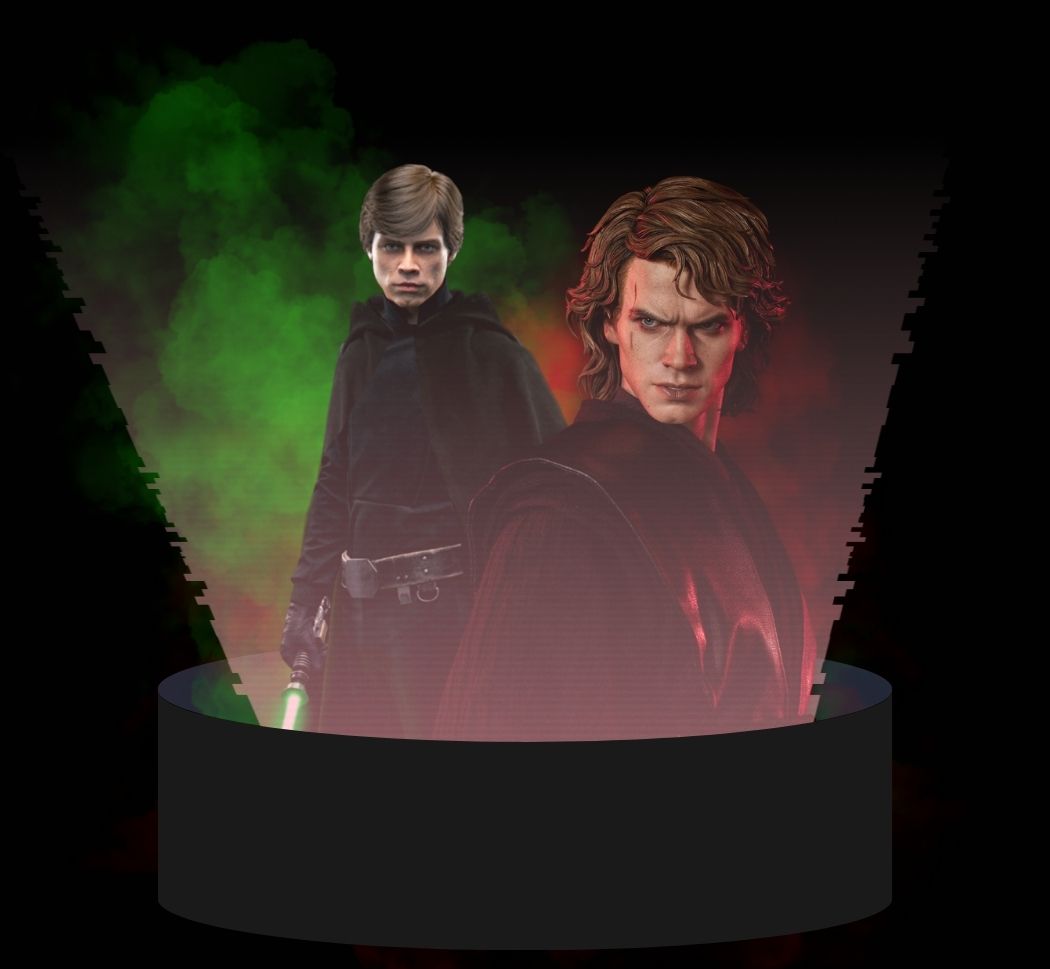
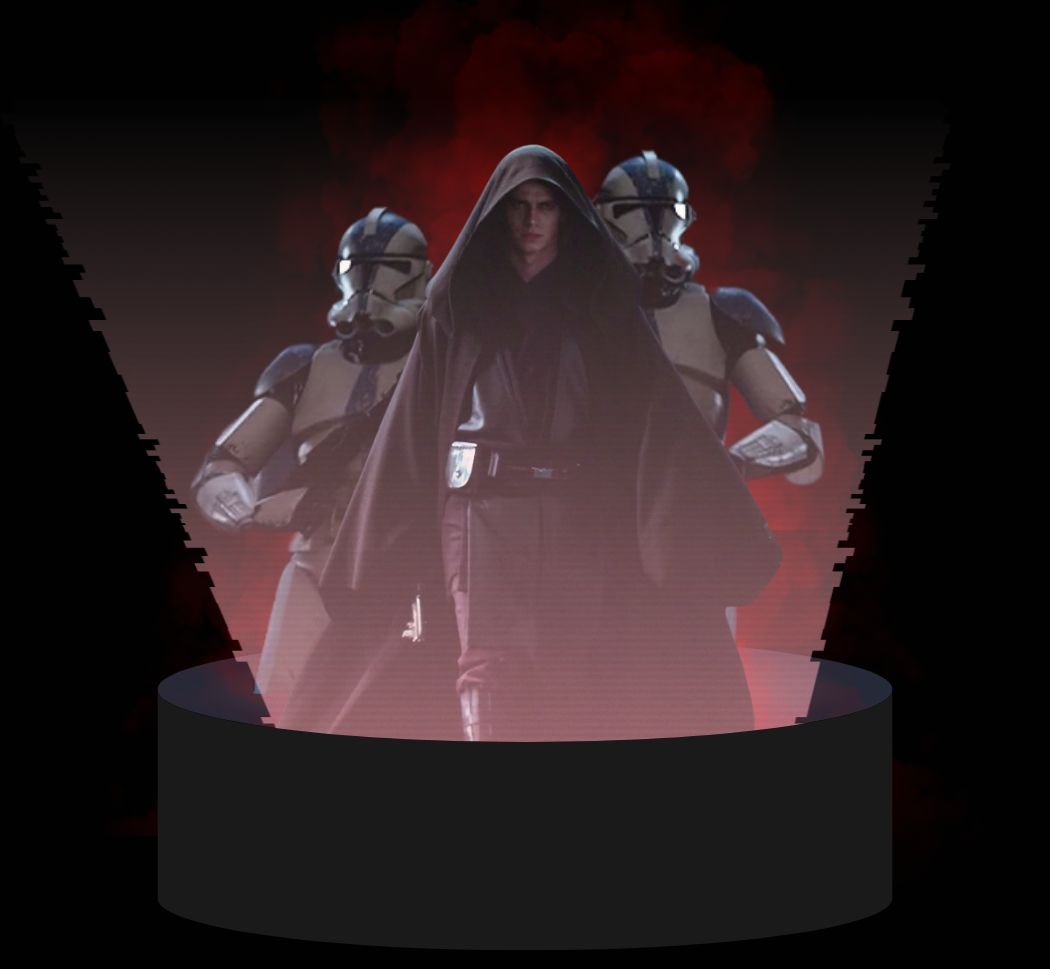


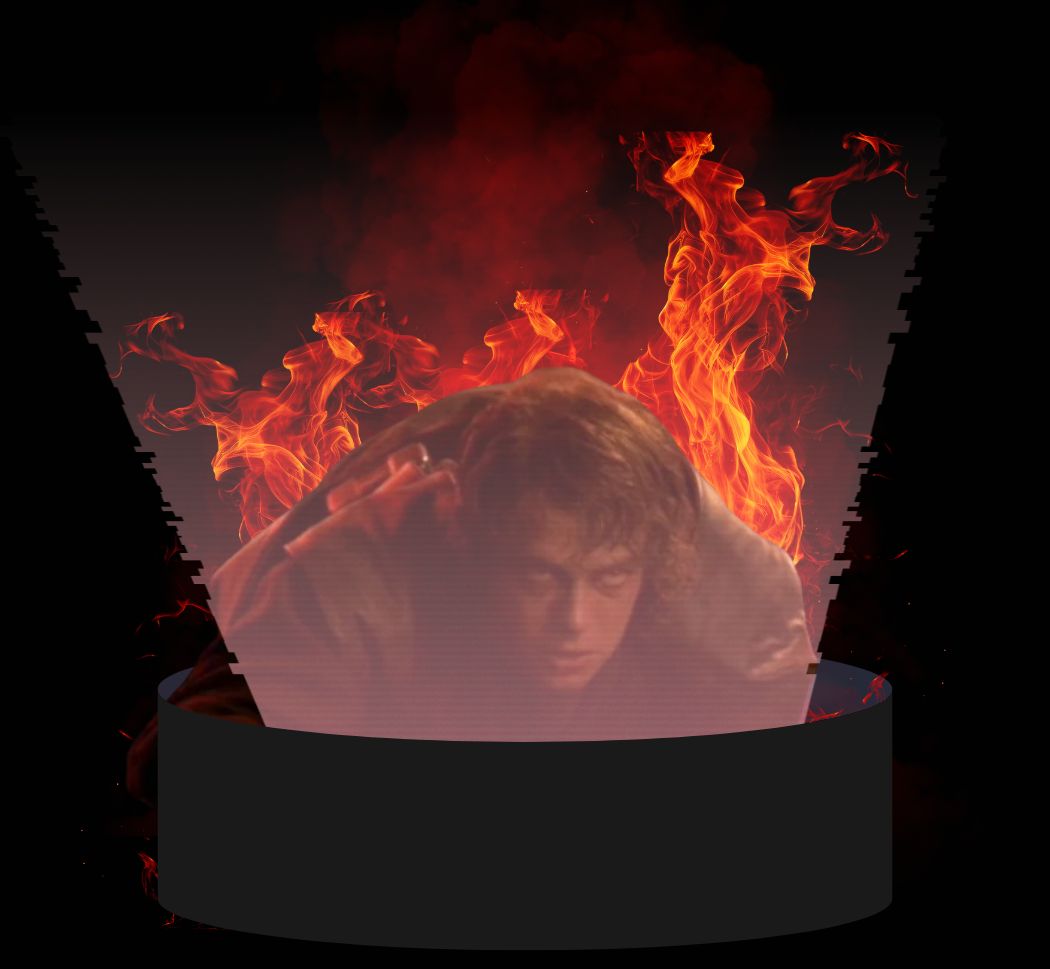







.jpg)
